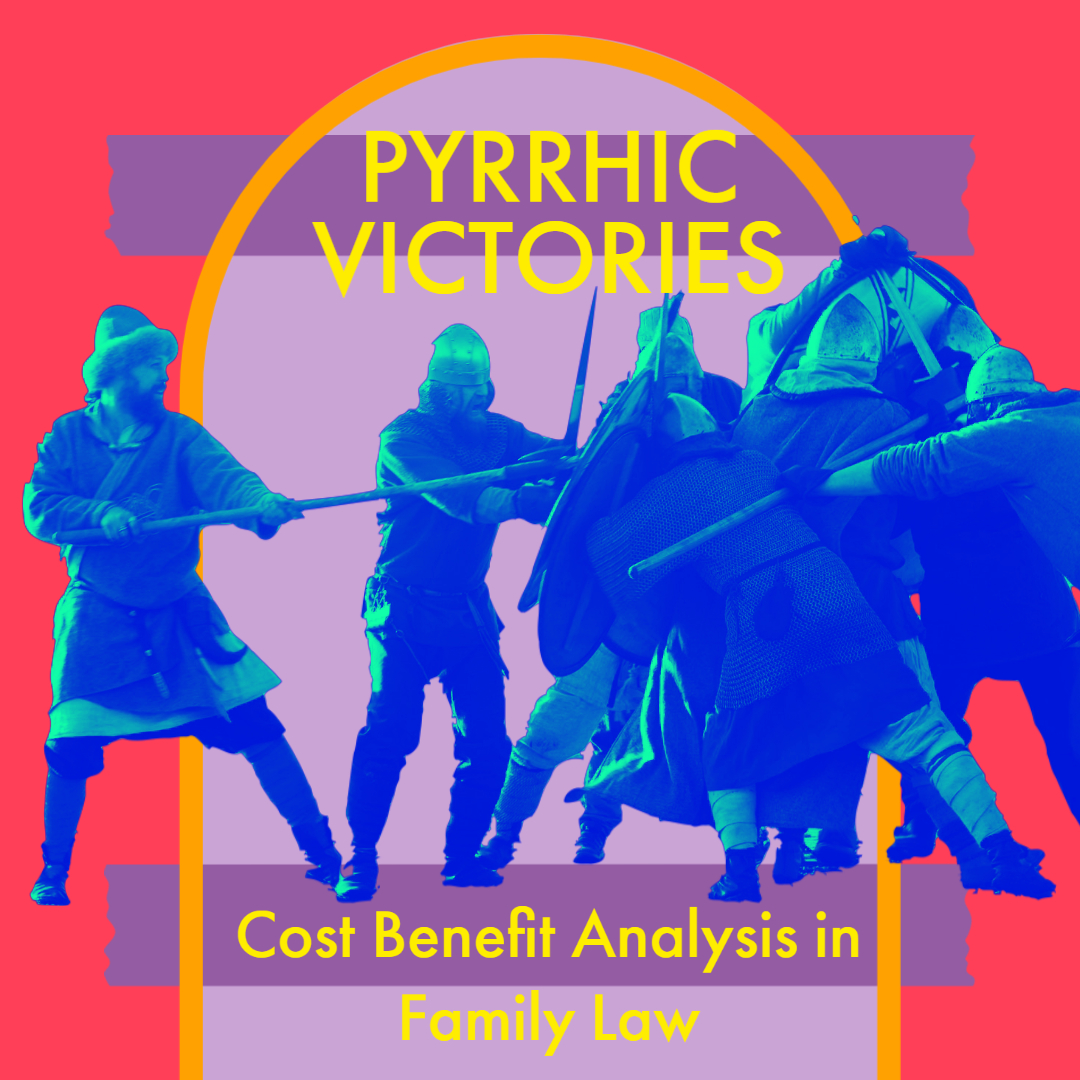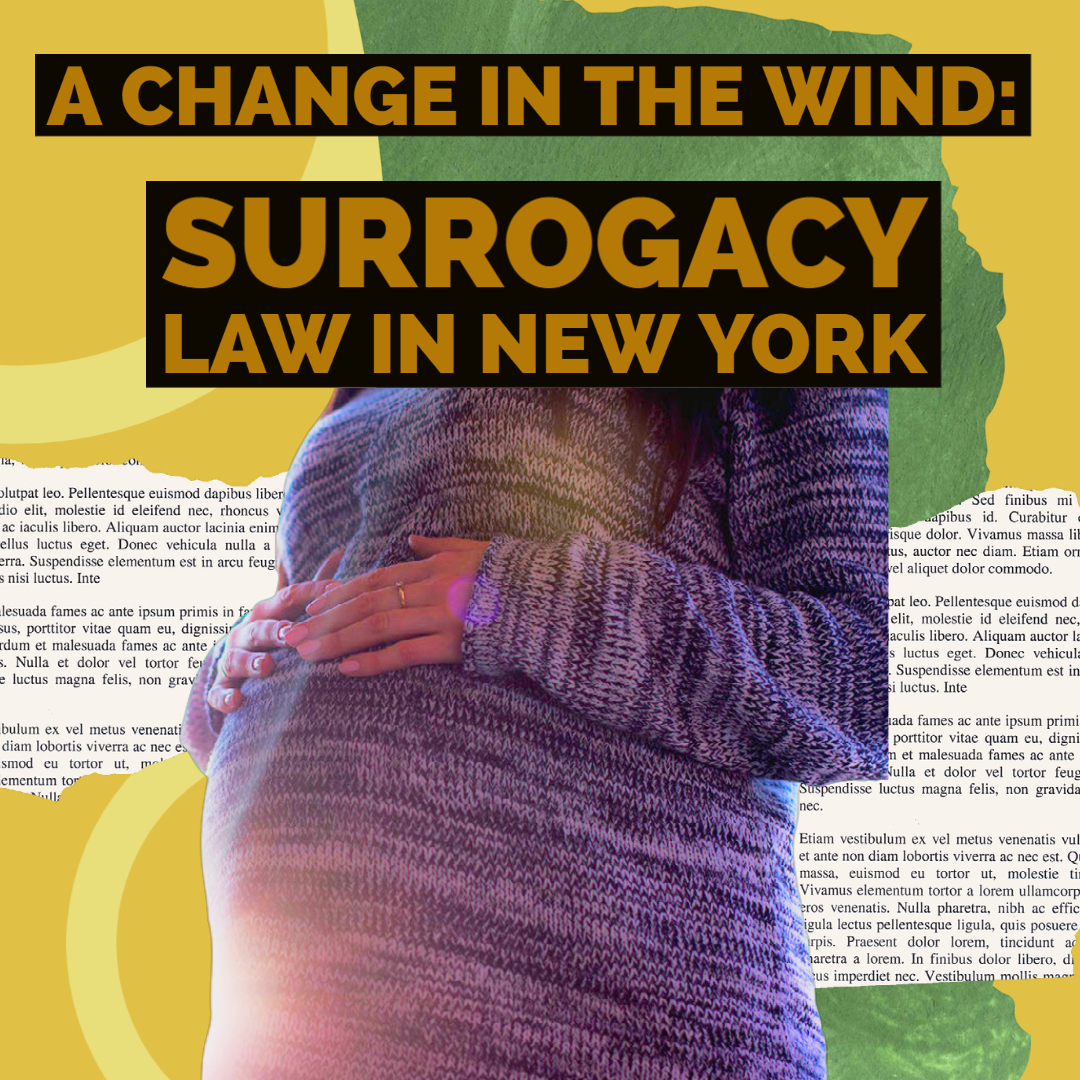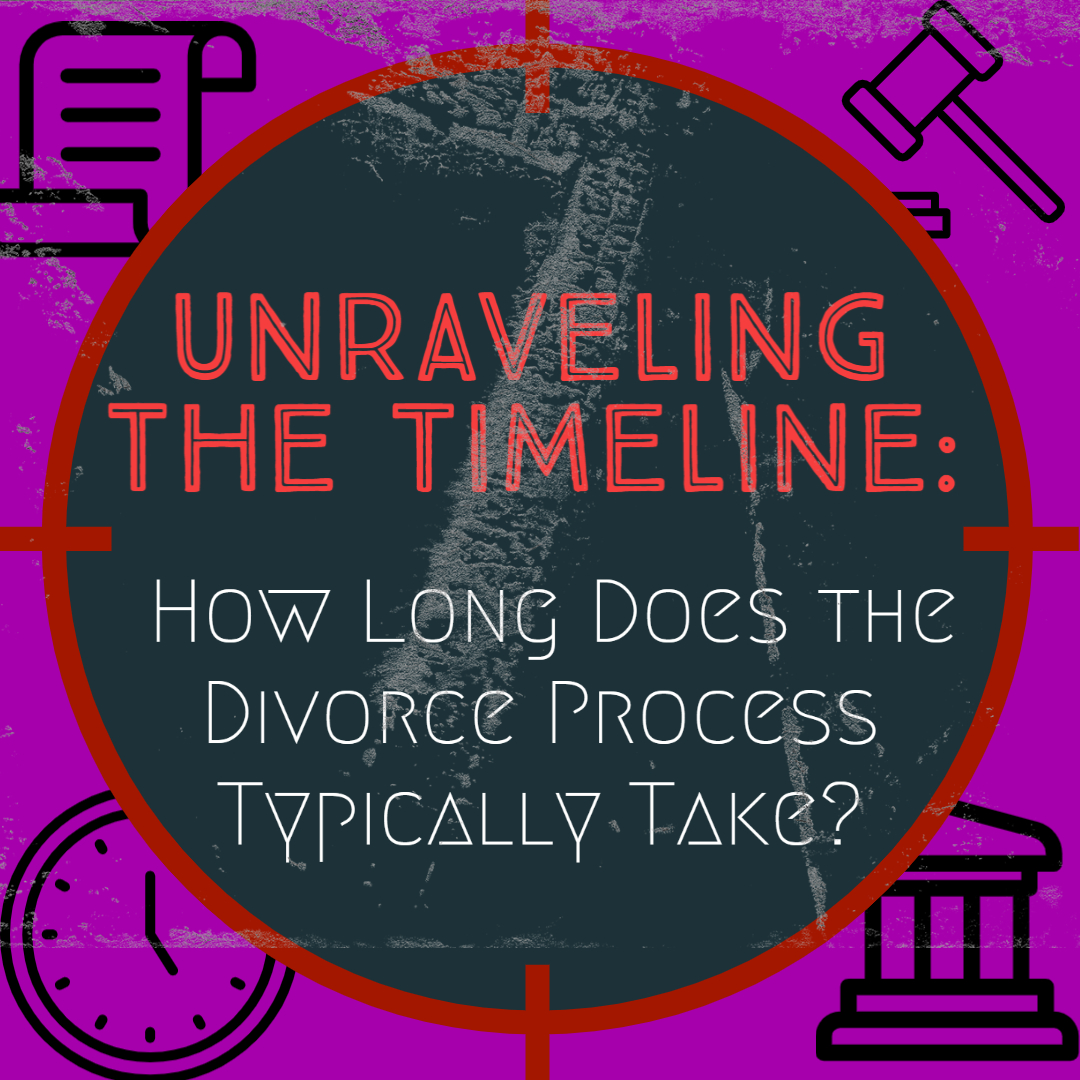The tired adage “you can win the battle but lose the war” applies well to the practice of family law, if not all other types of cases. A Pyrrhic victory (which name derives from the Greek king who defeated the Romans in battle but lost the war) is a success that comes with greater losses than rewards.
Being Right Will Cost You
The bottom line is that if a litigant is fighting for no other reason than being right, they are going to pay dearly for it (and may even lose the very validation they so desperately want).
Being right (in a lawsuit) may be more expensive than what it’s worth. For this reason, the best approach is to realistically assess how much the litigant should expect to receive or have to pay in addition to his or her legal fees. However, there are always exceptions — or the benefits may be different than financial in some situations. For instance, custody/visitation or domestic violence cases may not have any direct financial gain/loss from the lawsuit itself. Regardless, the analysis can still be made — since safety is worth more in the end.
Save From the Start
Hiring an attorney may seem contradictory to saving money, but the truth is a lawyer is able to see issues and make an assessment of claims quicker than a non-lawyer. The client should also be working collaboratively with the lawyer to effectively assess the cost versus benefit. There will inevitably be legal costs that are unavoidable.
Self-represented litigants may increase their costs in the long run. The biggest expenses may come when a self-represented litigant files the lawsuit on their own (for example a petition or a complaint). This may seem innocuous, but in fact is the first and most important step in the process. Having an attorney fix the petition/complaint by amending it will add to costs, but there may be other losses that cannot be regained. Also filing in the family court instead of divorce court can add to significant costs as well. For these reasons, at the very least, a litigant should consult with an attorney beforehand.
When Possible Settle, Settle, Settle
Settlement is the best way to save. This of course requires everyone to be in agreement – which might be impossible. After all, it takes two to tango. However, settlement is common. In 2008, The New York Times published an article which stated that “[t]he vast majority of cases do settle from 80 to 92 percent by some estimates.”
On the flipside, there may also be legitimate reasons to go to trial.
However, it should be understood by the litigant that settlement does not mean getting more than, or even equal to, what a judge would award them after trial. It is a compromise — which is best made after — a cost benefit analysis.
** This post contains attorney advertising. Prior results do not guarantee a similar outcome. **
If you need a Family Law attorney, contact Stephan F. Shattuck, Esq. Call (646) 543-3391 or click here to schedule yourself online for a consultation.







